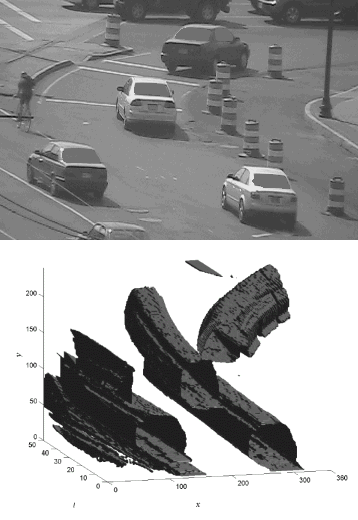Advanced Video Processing and Compression

In the last few decades, video has evolved from an analog, specialized and expensive, both in terms of production and distribution, entertainment medium to a digital, ubiquitous and relatively inexpensive commodity with a wide range of applications, from entertainment through surveillance to healthcare. All this has been made possible by astonishing advances in digital processing algorithms and computing hardware, as well as novel capture and display devices. A battery-powered, helmet-mounted GoPro video camera, 4K video streaming and a 100-in flat panel display, common today, were unthinkable even a decade ago. Does this mean that no more advances in the area of processing and compression of video data are needed? Not at all. The huge success of wireless services calls for new solutions in order to assure robust video delivery to mobile phones. The growing interest in 3-D capture, transmission and display technologies calls for new computationally-efficient multi-view processing algorithms. There is also an increasing need for scalable delivery of video content to a range of devices, from smartphones, through netbooks and laptops, to desktop and 4K screens in a cost- and bit-efficient manner. And there are ubiquitous surveillance cameras, mostly unmonitored …
We focus on developing advanced video processing algorithms to serve the needs of next-generation visual surveillance and communications systems. We have primarily concentrated on automatic algorithms for the detection, localization and summarization of visual events in the field of view of a camera and on alternative video compression algorithms. Below are listed some of our recent projects.
- Video Condensation by Ribbon Carving: A powerful method for optimal summarization of temporally-sparse dynamic events
- Joint Space-Time Video Segmentation and Analysis: Level-set based computation of the so-called moving object tunnels in space-time
- Video Coding Using Advanced Motion Models: Novel video coding techniques in 3-D DCT space and using motion-compensated DWT
- iPark – Vision-Based Parking Monitoring System: Development of a system for the detection of parking vacancies using wireless cameras